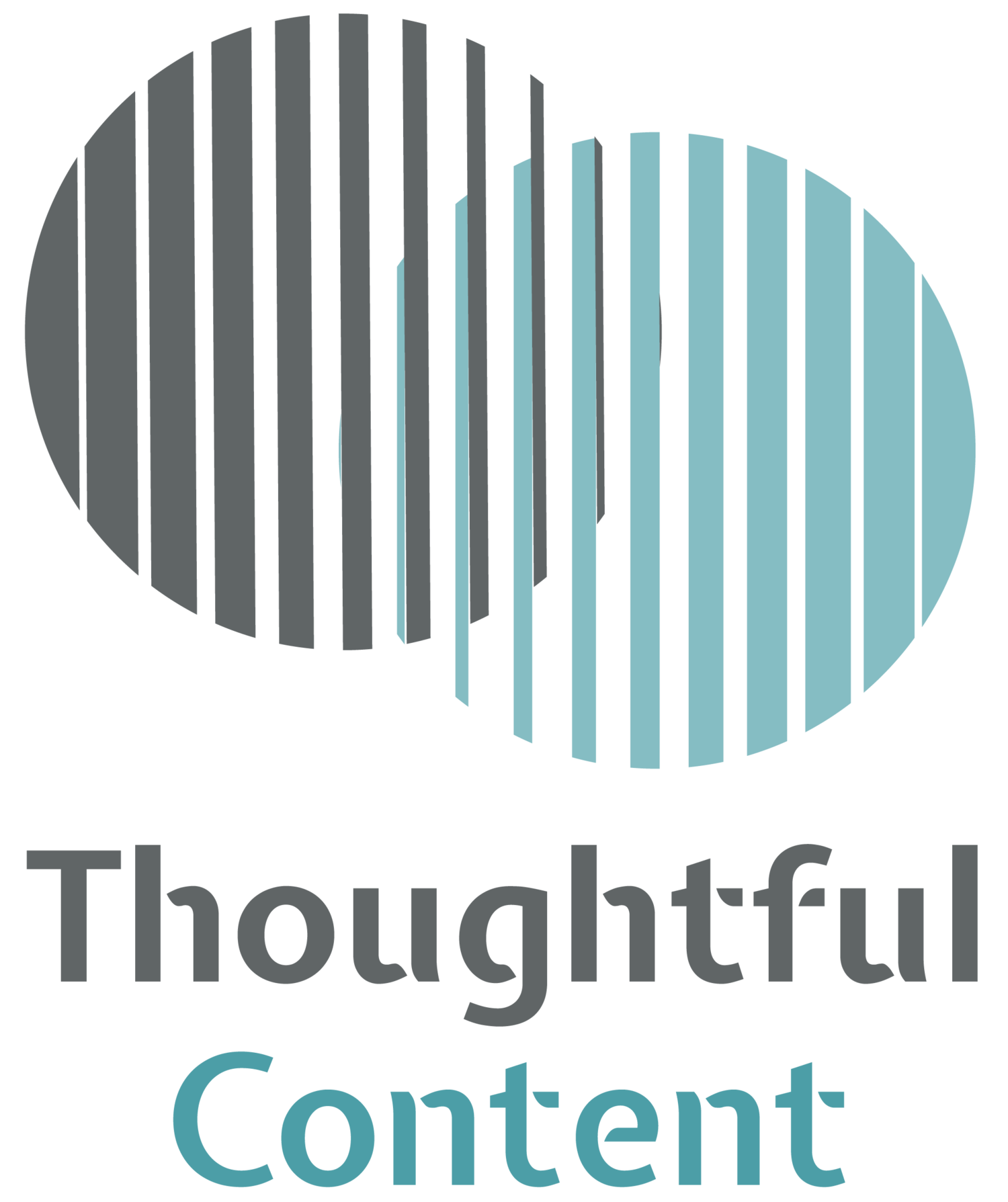Developing an equitable health communications strategy
NHS England defines health inequalities as “unfair and avoidable differences in health across the population, and between different groups within society. Health inequalities arise because of the conditions in which we are born, grow, live, work and age. These conditions influence our opportunities for good health, and how we think, feel and act, and this shapes our mental health, physical health and wellbeing.”
If you are producing health communications, it’s vital that your strategy considers health inequalities. You should aim for your content or comms to meet the needs of those who be less likely to have a voice or are more likely to be marginalised. They may be most in need of this content, but it has to make sense for them where they are in their life. Being able to understand their health condition, treatments and navigate the health and social care system could have a big impact. By breaking down some of the barriers that keep people out of making decisions about their health, you can take small steps towards changing the structures that perpetuate these inequalities
It can feel like a big task, but it’s one that can make a real difference. Here are a few ways to get started:
Work out who makes up your audience and what inequalities they experience.
This could start with desk research: look at stats, analytics and any published research about barriers certain groups may face or their particular needs and experiences. In the UK, groups who are most likely to experience health inequalities include:
people experiencing socio-economic deprivation: e.g. unemployed, low income, people living in deprived areas.
Those with protected characteristics: e.g. age, sex, race, sexual orientation, disability (the psychological and physiology impact of structural racism is perhaps not highlighted enough)
Vulnerable groups of society, or what NHS England call ‘inclusion health’ groups: e.g. vulnerable. migrants; Gypsy, Roma and Traveller communities; rough sleepers, homeless people; and sex workers
People may also experience inequalities because of geography: this could be issues to do with both urban and rural living.
Remember though, it might be less straightforward than just ‘characteristics,’ in the work we did for Lymphoma Action we found that it can often be about the context of people’s lives. For example, people who were juggling additional responsibilities such as financial burdens, work struggles and caring faced barriers to getting the care and support they needed.
User involvement and consultation is key
You need to make sure everyone has a voice, whether that is a consultation as part of your comms strategy or co-production for individual projects. You may need to go outside of your normal networks to make sure this is inclusive. Consider working in partnership with community organisations, for example for work I did with Pancreatic Cancer UK I worked with The Shoreditch Trust to run a user-testing group. Remember though that these types of grassroots organisation tend to be historically underfunded and this has got worse during the pandemic. You need to make sure it’s a balanced and fair partnership: ensuring that the organisation and their service users are reimbursed and recognised for their time and skills. Whether you are working for a bigger organisation or as an individual, what can you do to support their work as well? Often these type of partnerships need time to build up trust and an equitable relationship.
Accessible and inclusive design
Does your audience have accessibility needs, for example cognitive or physical disabilities that may be linked to health inequalities? Consider how you can make content that works for them. This could be by ensuring you use closed-captions on videos, transcripts, large print, off-line materials, BSL versions, making sure your content works for screen-readers or considering other formats. Accessibility audits can be a good way to factor this in if you’re not sure where to start,
Promotion
Do you also want to target specific audiences who may be more likely to experience health inequalities? Including a promotion and marketing plan as part of your strategy this is key. Social media is normally a vital part of this, working with people who have influence within your target demographic is one way to go. Finding other ‘gatekeepers’ also helps, this might be health professionals or community leaders.
So these are a few ways to get started, but I always feel I have more to learn. Something I am considering recently is how the organisations I work for reflect and include their audiences in their workforce. As well as how I can get better at this in my own ways of working. I am always looking for more ways to collaborate with people who have different life experiences from me. Get in touch if you think there are ways we could work together.

